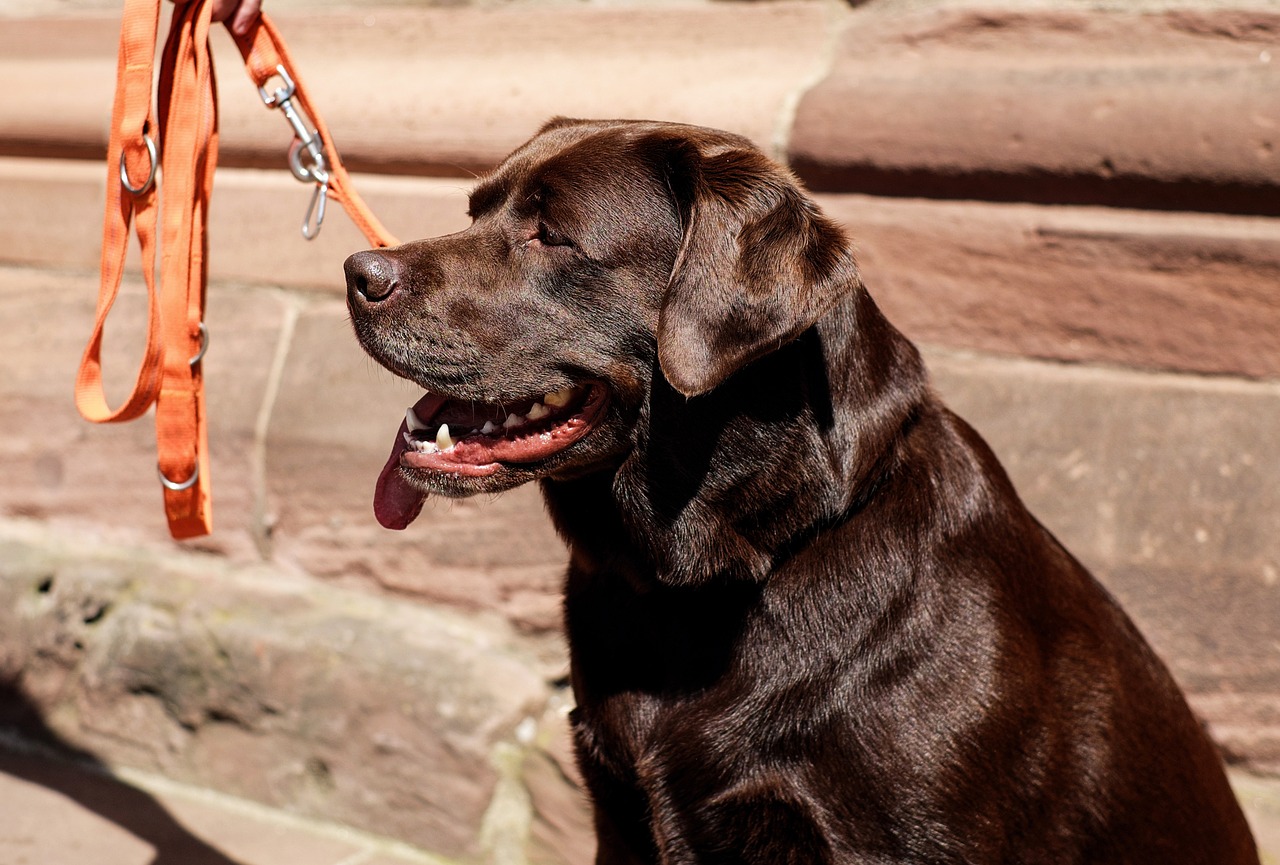Popular (adjective): liked, admired, or enjoyed by many people or by a particular person or group. See also: Labrador retriever.
For the past 31 years, the Labrador retriever has claimed the coveted top spot on the American Kennel Club’s (AKC) annual list of the most popular dog breeds in the United States. Playful, sociable, and affectionate, they’ve become the US’s favorite dog breed because they’re simply the best, Lab lovers would claim. But did you know that Labs are also one of the most misrepresented breeds? Most of us believe at least one myth about Labrador retrievers. Let’s sort out Labrador retriever facts from commonly believed fiction.

What are Labradors known for?
While modern-day Labs are adept at retrieving sticks and tennis balls, this beloved breed started out accompanying fisherman and duck hunters into waters and fields. When they aren’t romping through yards and dog parks, today’s Labs can be found working search and rescue missions, comforting those in need of therapy animals, and assisting their handlers with daily tasks as service dogs.
Are Labs ever aggressive?
Labrador retrievers are usually gentle, laid-back dogs, but that doesn’t mean they’re incapable of aggression. Any dog, regardless of breed, may react violently in certain circumstances. Reasons a dog may lash out include:
- extreme stress or anxiety
- physical pain
- mental illness
- abuse
- redirected aggression (for example, biting someone who stops them from chasing a squirrel)
While Labs are famous for their sweet, even temperament, attacks have been known to happen. No dog breed is 100% aggression-free.
Why are Labradors the best dogs?
Asking us to choose the best dog breed is like asking a parent to choose a favorite child. That being said, Labs are definitely on our top 10 list. Labrador retrievers are easy to train, they make wonderful companions for children, and they’ve even been known to befriend the family cat. There’s a lot to love about Labs, but did you know that some of the reasons we love them might not be true? Let’s debunk a few myths, shall we?
1. Labrador retrievers come from Labrador.
The U.S.’s favorite dog isn’t from the U.S. or from Labrador. Despite their name, this popular pup actually hails from the island of Newfoundland.
2. They’ve always been popular.
Actually, the breed almost went extinct due to Newfoundland’s hefty dog tax.
3. Labs come in only three colors.
This one is up for debate. Labs typically come in three colors— black, yellow, and chocolate—however, silver Labs do exist. But there’s a caveat: silver Labs aren’t officially recognized by the AKC.
4. The color of a Lab’s coat affects his personality.
While some pet parents swear that black Labs are calmer and yellow Labs more playful, science says the color of your dog’s coat has no impact on their personality.
5. All Labs love water.
Anxiety, age, health issues, and prior bad experiences all can leave dogs terrified of water. Yes, even Labrador retrievers.
6. Labrador retrievers naturally retrieve.
When “retriever” is in a breed’s name, we tend to assume that retrieving comes naturally. While that may be the case for some dogs, it isn’t universally true. Just as some Labs never overcome a fear of water, some Labs may never bring you a stick when you throw it.
7. They all have soft mouths.
Labs were bred to retrieve game, so they have an advantage when it comes to handling delicate objects carefully. But that doesn’t mean an untrained puppy won’t nip you, and it doesn’t mean that all Labs can be trained to carry an egg without breaking it. (Putting an egg in your dog’s mouth is risky, so please don’t do it.)
8. Once they’re trained, they’re trained.
Because Labs are people pleasers who learn new tasks quickly, there are those who believe that a trained Lab is trained forever. The professionals disagree. Training a dog, even a Labrador, is a lifelong process.
9. They’re healthy because they’re a working breed.
Although they’re generally healthy as a breed, Labs can be prone to certain conditions, such as:
- Elbow, hip, and shoulder dysplasia
- diabetes
- hypothyroidism
- exercise-induced collapse
- muscular dystrophy
- central progressive retinal atrophy
- tricuspid valve dysplasia
Unfortunately, not even the U.S.’s favorite dog is immune to illness.
10. Labs are too friendly to be brave.
Many prospective Lab owners wonder if such a sweet dog will protect them if the need arises. As it turns out, a Labrador might save your life—even if he’s not your dog. In fact, a blind Lab named Norman rescued a 15-year-old from drowning in a river. (Keep the tissues handy. The video made us ugly-cry tears of joy.)

While Labrador retrievers don’t have the unwarranted reputation of, say, pit bulls, they’re still a breed surrounded by myths. Hopefully, we’ve helped separate fact from fiction. Most of all, we hope we’ve made the most popular dog in the U.S. seem even more amazing. They really are the best dogs. (Shh, don’t tell owners of other breeds we said that.)
Editors' Recommendations
- How long do dachshunds live? The truth might surprise you
- Looking for a fluffy and affectionate pup? Give the American Eskimo dog a try
- 7 Japanese dog breeds that could be your perfect pet
- What are the 7 breed groups and where does my dog fit in? Find out what your pup is known for
- 9 Boston terrier facts to know before you bring one into your life





